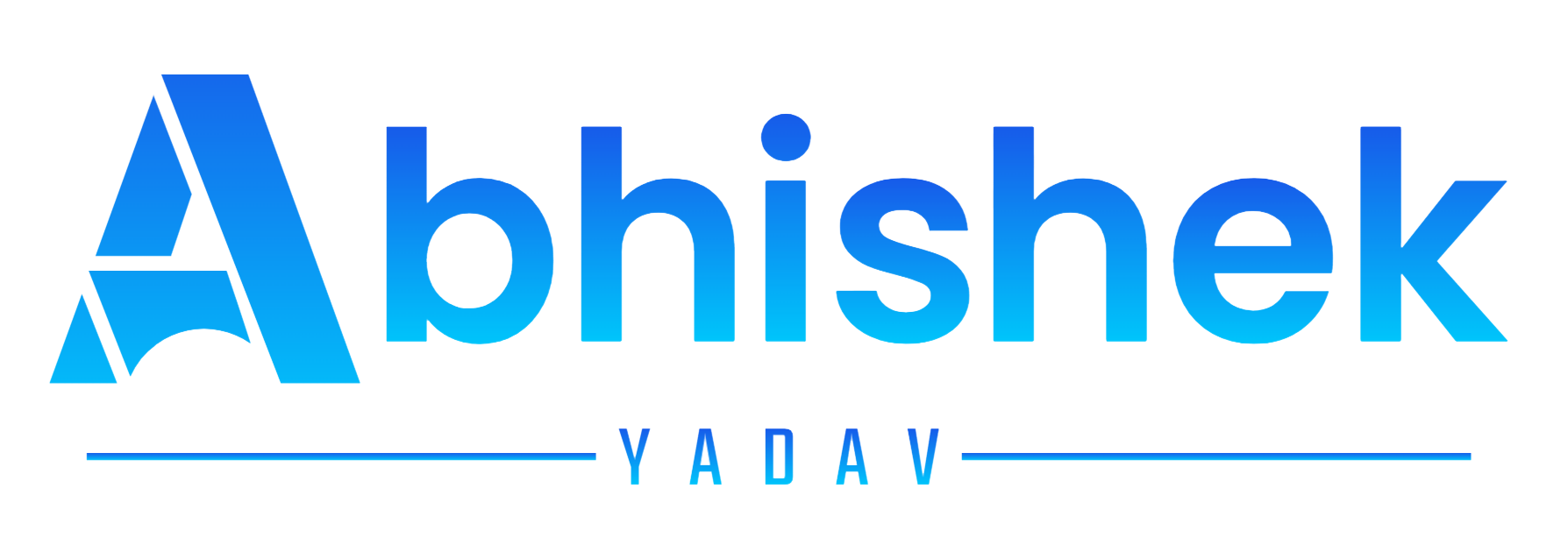Now a day’s company’s researchers, use new kinds of artificial intelligence software to change over the faces of the actors. People and actors are having an instant look over the changeover. In recent times, researchers had created hundreds of videos with changes in bodies and faces which are so-called deepfake videos. By creating these digitally manipulated deepfake videos with spreading disinformation, Google’s scientists decided to learn how to spot deepfakes.
Deepfakes — a term that generally describes videos developed with cutting-edge artificial intelligence which challenges our assumptions about what is real and what is not.
Google released several deepfake videos to help researchers to build tools that use artificial intelligence to spot altered videos, which could initiate political misinformation, corporate sabotage, or cyber bullying. The Videos developed by Google could be used to create technology which provides the hope of catching deepfakes.
As YouTube or Facebook and other social media platforms are places to spread fake video or image, so the internet companies like Google, are immediate in finding tools to spot deepfakes.
Technology will only be part of the solution. Beside, deepfakes will most likely improve faster than detection methods and to overcome that human intelligence and expertise will be needed to identify misleading videos for the predictable future. Advances in machine learning have made it easy to automatically capture a person’s character and Swap it onto someone else. That’s made it relatively simple to create fake porn, odd movie mashups, and demos that point to the potential for political disruption.
Even though Google released the fighting deepfake videos but they recognize that detection systems are only part of the solution. Because deep fake video can also be spotted as fake and can spread like a virus in all social media platforms, potentially changing the course of elections or destroying careers.
“We need to rewire ourselves to stop believing that a video is the truth,” says Patrini. “But it will take effort in educate, and promote events in the news, to make people have an idea about it.”
Problem with Deep Fakes
In the present Technology Deepfakes are the most threatening consequences which make us think that what we are seeing is right or wrong. The deepfake technology rotates on the internet, which people can’t able to trust their own eyes.
Video Manipulation is not the latest Technique, in the past, people manipulated videos to trick audiences to believe something fake to real. It has become harder than before to tell the difference between fake videos and the real thing. This incapability to detect deepfakes will be used for several ominous purposes with the goal of damaging truth, justice, and the fabric of our society.
How to Fight Deepfakes
At the Current stage, Tools are discovered o identify the Deepfake. Besides that common indicator such as slightly unnatural mouth movements, confusing shadows, and lack of eye blinking helps us to know that video is not real. As the count of watching videos is more, it may be up to tech developers to develop Forensic Identification systems that needed to detect that picture was photo-shopped by identifying pixels.
Day-to-Day Actions
In the face of a disturbing suspect in media, fake is getting more popular than the truth. But in the case of dealing with these types of videos in the day today, it is important to stick to a set of principles:
Be aware that manipulating content is common, and don’t immediately spread information without looking into it deeply.
Multiple source verification is important. Hold a standard of understanding who released a video and for what purpose. Content from a single source is not as verifiable as content from multiple sources.
Education is important. Teaching your close ones how to determine and process the trustworthiness of information is important for every individual.
Journalism should use tech countermeasures for inspection purposes. Companies and government programs should be investing in deepfake awareness campaigns.

